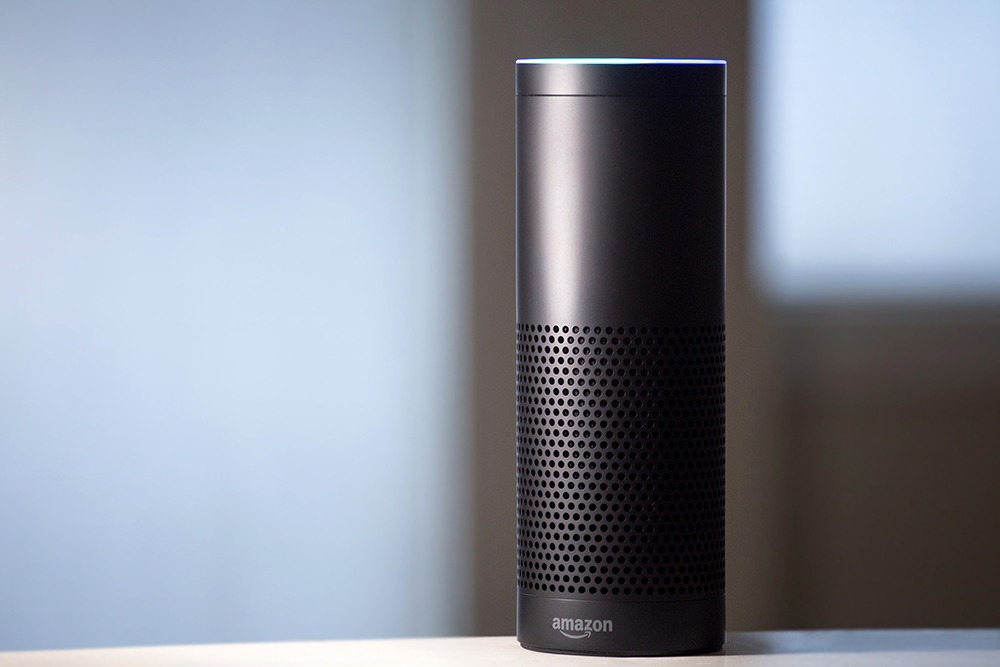Technology is uniquely capable of redefining how brands communicate and engage with their audience. In recent years, the convergence of AI, voice recognition, and other innovations in digital assistant technology has created such an opportunity. Of course, Trackmind prides itself on being at the forefront of these instances, recognizing the tremendous benefits that brands stand to realize when they leverage technology to tell their story, convey a message, and develop brand recognition and loyalty in an age where each is in short supply.
On that note, Trackmind wants to look at digital assistant technology from a fresh perspective and new angles to reveal their true power in branding and messaging in the digital age. When the background noise blends even the strongest of voices in the ear of the audience, new channels like digital assistants can prove to be a powerful tool in maintaining connections in a dynamic, rushed marketplace that rarely stops to take a breath.
A Ubiquitous Voice
Not so long ago, the public still thought of digital assistants as a concept for the distant future, something reserved for sci-fi blockbusters and prescient novels about tomorrow. The rapid pace of technology thought better, however, and introduced digital assistants in everything from home devices and mobile phones to smart appliances. As it turns out, the consuming public was hungry for this revelatory technology, whether it knew it or not.
Fast forward to just a few short years later and digital assistants are now ubiquitous and commonplace, ingraining themselves in everyday life. From routing us around traffic on the morning commute to checking the weather in Albuquerque and all points in between, these marvels provide your target audience with information vital to their routine. In other words, consumers are continually interacting and engaging with their digital assistants, creating a significant opportunity for brands to leverage that connectivity and vast market as long as they understand the best ways to go about it.
There’s an App for That
Whether an Alexa Skill, Google Action, or any other application variant for a digital assistant, brands able to either create their own app or utilize another to their benefit can cut through the marketing clutter to convey their message. Traditional web browsing has already triggered significant barriers for marketers through pop-up blockers and other user-oriented tools that might make for a cleaner, more streamlined browsing experience, but certainly do no favors for a marketing team. The same notion obviously holds true for advertising on older channels like television and radio, where podcasts and streaming media have further cornered brands, forcing them to think outside of the proverbial box just to let their voice be heard.
Digital assistants remove those roadblocks for marketers, allowing them to interact with their key consumers directly. Apps are a particularly potent alternative to other marketing channels, allowing a brand to craft a message in their exact voice and according to their specifications. There are no filters to skew or even block the message, just a clear pathway across the sales funnel that leads to a call to action that builds on that engagement to convert.
Over half of the customer base that owns a digital assistant is open to receiving product information and sales pitches over the device, and nearly 40% already use their assistant to receive customer service or support. With 7.5 billion digital assistants projected to be in active use by 2021, brands have a singular opportunity to use Alexa Skills, Google Actions, and other branded apps to impact the consumer in a meaningful and enduring way.
Be the Audience
Naturally, the popularity and potential held in digital assistants for branding purposes isn’t a salve for all of a marketer’s woes. Like any other new channel or technique, brands must learn how to communicate with their target audience through a digital assistant to realize the maximum impact. While this thought requires effort and time, that shouldn’t dissuade brands from pursuing this brave new world.
When crafting a brand and message for this new technology, simply thinking like the audience can prove to be an invaluable guide. Like any other marketing endeavor, brands should devote the necessary resources to research the market and how the needs and expectations of the audience might differ from other channels. Companies should design their Skills or Actions with those thoughts in mind, adding value to the consumer’s invested time with useful information conveyed in a compelling voice.
Likewise, the interaction should be conversational and organic, taking full advantage of the AI and natural language processing (NLP) technologies serving as the heart of any digital assistant. Remember, this promising channel sacrifices the benefit of visual creative for vastly improved interaction and engagement with the audience. Therefore, the copy should ring true to the ear and sound natural. Otherwise, a brand risks doing more harm than good, ultimately failing to make the most of the opportunity.
Needless to say, the digital assistants of today will most likely be quite different decades from now. Technology never sleeps. However, brands that can entrench themselves into this pivotal new channel stand to gain a competitive advantage that will only grow in strength and scope as the technology evolves. Like any investment, those that get in earliest have the most to profit. And as always, Trackmind will be here to provide insight and guidance along the way.



